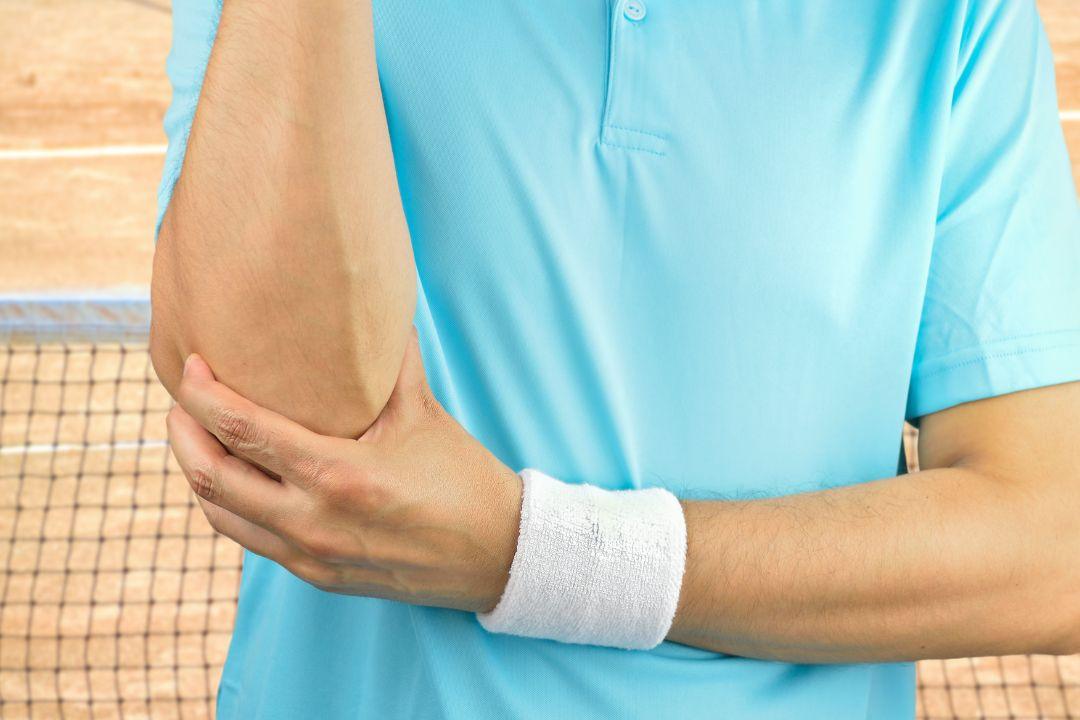
Pickleball Injuries 101: Prevention and Recovery Tips for Every Player
Share
Pickleball is a fast-paced and fun game, but like any sport, it comes with its fair share of injury risks. Whether you’re a seasoned player or a beginner, it’s important to know how to protect yourself on the court and recover quickly when accidents happen. Below, we explore common pickleball injuries and offer some key prevention and recovery tips to help you stay in the game.
Common Pickleball Injuries
Understanding the types of injuries you may encounter in pickleball can help you prevent them or recognize when it’s time to take action.
1. Sprains and Strains
These are the most common injuries in pickleball, especially involving the ankle and wrist. Sudden movements, improper foot placement, or overuse of muscles can lead to sprains or strains, resulting in pain, swelling, and reduced mobility.
2. Tendonitis
Tendonitis, inflammation of a tendon, often affects pickleball players in the shoulders or elbows (commonly referred to as "tennis elbow"). It’s caused by repetitive motions, such as serving or smashing the ball, and can lead to stiffness and discomfort.
3. Knee Injuries
Due to the quick lateral movements required in pickleball, knee injuries, including meniscus tears or patellar tendonitis, can occur. Improper pivoting or playing on uneven surfaces increases the risk.
4. Achilles Tendon Injuries
Pickleball players are also at risk for Achilles tendon injuries, particularly those who engage in frequent jumping or quick stops and starts. This injury can range from mild strain to a complete rupture, which requires surgery.
5. Overuse Injuries
Long hours on the court without proper rest can lead to overuse injuries. These can include stress fractures, muscle fatigue, or even joint degeneration if proper care isn’t taken.
Prevention Tips for Pickleball Injuries
Injury prevention starts before you even step onto the court. Here’s how you can minimize your risk of injury:
1. Warm-Up and Stretching
Never underestimate the power of a good warm-up. Spend 10-15 minutes doing dynamic stretches or light aerobic exercises to increase blood flow to your muscles and joints. Focus on areas prone to injury, like your legs, wrists, and shoulders.
- Dynamic Stretch Example: Arm circles, leg swings, or lunges with a twist can prepare your body for the demands of pickleball.
2. Proper Footwear
Wearing shoes designed for court sports is essential. These shoes provide the stability and support needed for quick lateral movements. Pickleball courts are usually hard surfaces, so investing in good shoes can prevent ankle sprains and reduce the impact on your knees.
3. Strength Training and Conditioning
Strengthening your muscles, especially your core, legs, and shoulders, can protect your joints and tendons. Incorporate resistance training, balance exercises, and plyometrics into your workout routine to build stability and endurance.
- Pro Tip: Balance exercises, such as using a stability ball or performing single-leg squats, can help improve coordination and reduce the risk of falls.
4. Rest and Recovery
Listen to your body. Don’t push yourself too hard or play through pain. Schedule rest days in your weekly routine to allow muscles and joints to recover fully, and consider active recovery methods like yoga or swimming.
5. Proper Technique
Learning the correct technique for dinking, smashing, and serving can significantly reduce your risk of injury. Improper form can lead to overuse injuries or sudden strains. Consider working with a coach or experienced player to fine-tune your technique.
Recovery Tips for Common Pickleball Injuries
Even with the best prevention efforts, injuries can still happen. Here’s how to speed up recovery and get back on the court safely.
1. R.I.C.E. (Rest, Ice, Compression, Elevation)
For acute injuries like sprains, strains, or minor tendonitis, the R.I.C.E. method is an effective first line of treatment.
- Rest: Avoid putting weight or strain on the injured area.
- Ice: Apply ice packs to reduce swelling and inflammation.
- Compression: Use elastic bandages or wraps to limit swelling.
- Elevation: Raise the injured area to prevent fluid buildup.
2. Physical Therapy
For more serious injuries, particularly involving joints or tendons, working with a physical therapist can expedite healing. They can guide you through targeted exercises to rebuild strength, flexibility, and range of motion.
3. Gradual Return to Play
After an injury, it’s tempting to jump back into the game, but patience is key. Start with light practice sessions, focusing on range of motion and low-impact drills before returning to full-speed play. Gradually increase your intensity to avoid re-injury.
4. Use Supportive Gear
In cases of persistent discomfort or injury-prone areas, consider using supportive gear like knee braces, ankle wraps, or wrist guards. These can provide extra stability while you play, helping to protect healing tissues.
Conclusion
In pickleball, staying injury-free is just as important as improving your skills. By prioritizing proper warm-ups, technique, and rest, you’ll reduce your risk of common injuries and enjoy the game to its fullest. Should injuries occur, timely care and gradual recovery can ensure you’re back on the court, feeling strong and confident. Stay smart, play safe, and have fun!












